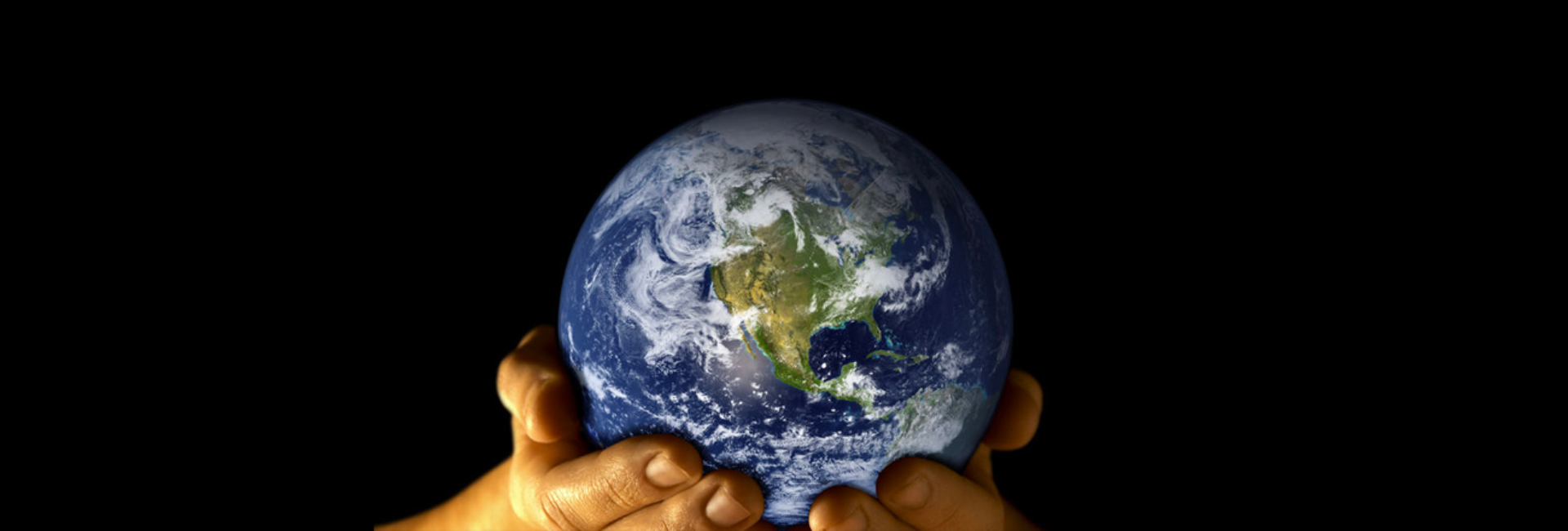
Close


Keeping the environmental footprint of Silgen catfish production as low as possible was a focal point of our development. From the beginning of the project, we wanted to develop not only a new high-efficiency farming method that delivers premium quality product, but a technology that adapts to the expectations of the future, in terms of sustainability and environmental awareness.
From this reason, we have engaged in a strategic partnership with the Department of Sustainable Agricultural Systems, Division of Livestock Sciences of BOKU University of Natural Resources and Life Sciences (https://boku.ac.at/en/) to study, optimise, and monitor the environmental emission of the whole supply and value chain of Silgen. In this cooperation the complete Silgen technology and farming methodology has been optimised, resulting in Silgen becoming a livestock farming method with one of the smallest ecological footprints in the world.
During the sustainability work (where we used the life cycle assessment – LCA – method) we have optimised the use of key resources: water, carbon, nitrogen, phosphorus (requirement/emission) for each of the intensive, semi-intensive, and hybrid Silgen methods. This work included the development of a novel feed formula tailored to the production method and species characteristics, resulting in enhanced production efficiency as well as significantly reduced ecological impact. As it can be seen from the overall evaluation, the Silgen method has a smaller environmental footprint overall with respect to other catfish production methods and other aquacultures, especially when the setup is chosen optimally to capitalise on the features of a given location.
| Cookie | Duration | Description |
|---|---|---|
| cookielawinfo-checkbox-analytics | 11 months | This cookie is set by GDPR Cookie Consent plugin. The cookie is used to store the user consent for the cookies in the category "Analytics". |
| cookielawinfo-checkbox-functional | 11 months | The cookie is set by GDPR cookie consent to record the user consent for the cookies in the category "Functional". |
| cookielawinfo-checkbox-necessary | 11 months | This cookie is set by GDPR Cookie Consent plugin. The cookies is used to store the user consent for the cookies in the category "Necessary". |
| cookielawinfo-checkbox-others | 11 months | This cookie is set by GDPR Cookie Consent plugin. The cookie is used to store the user consent for the cookies in the category "Other. |
| cookielawinfo-checkbox-performance | 11 months | This cookie is set by GDPR Cookie Consent plugin. The cookie is used to store the user consent for the cookies in the category "Performance". |
| viewed_cookie_policy | 11 months | The cookie is set by the GDPR Cookie Consent plugin and is used to store whether or not user has consented to the use of cookies. It does not store any personal data. |


